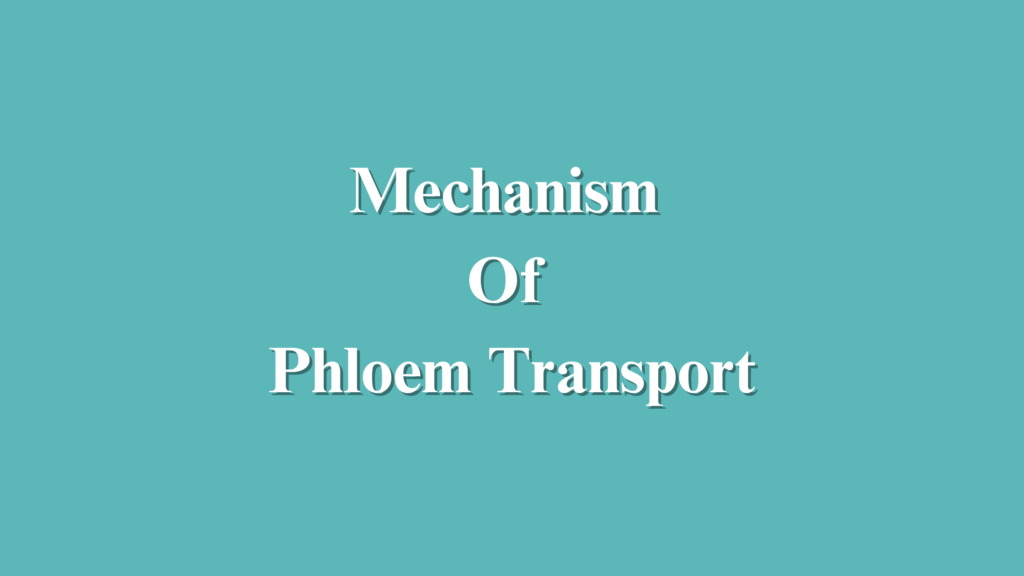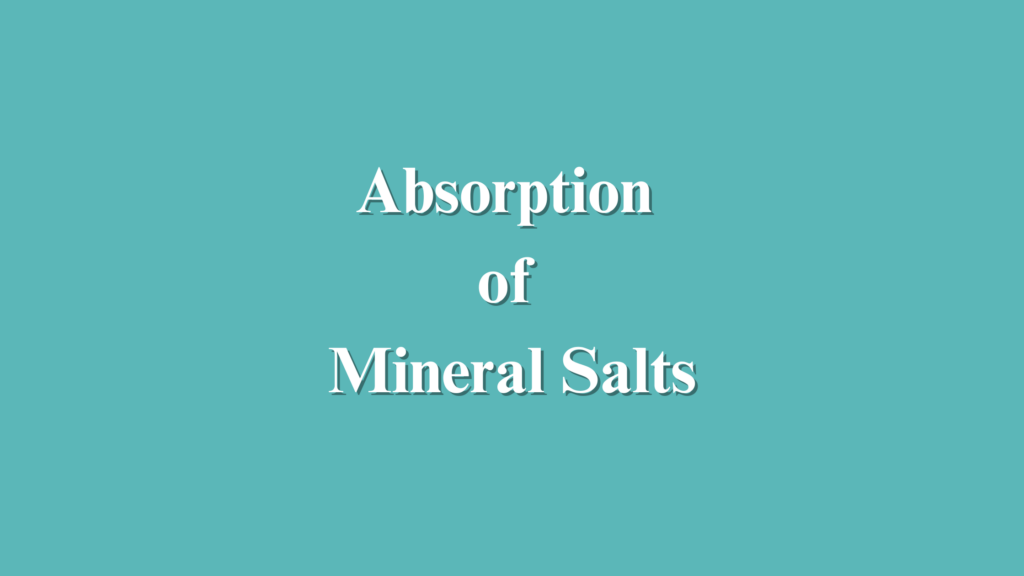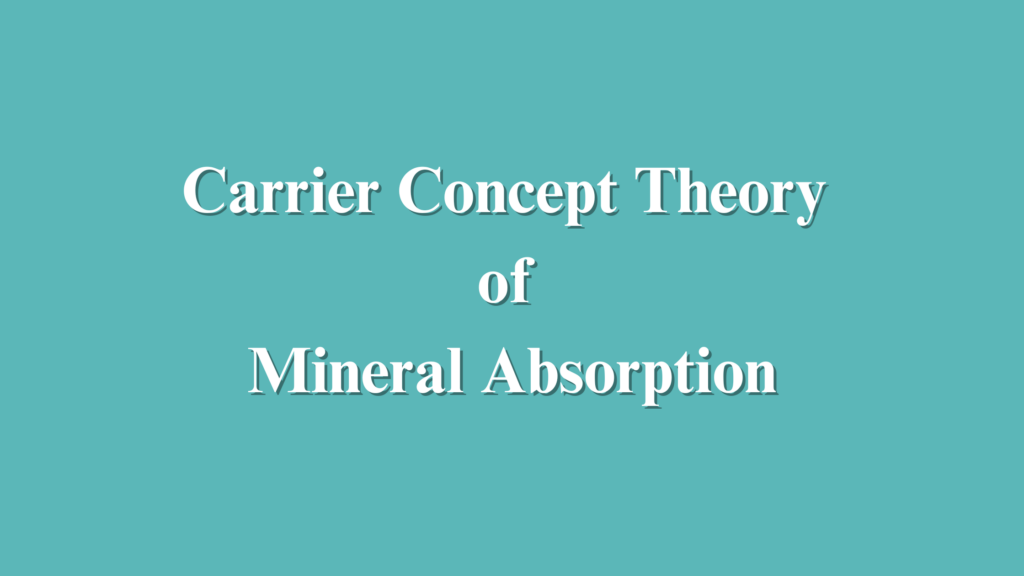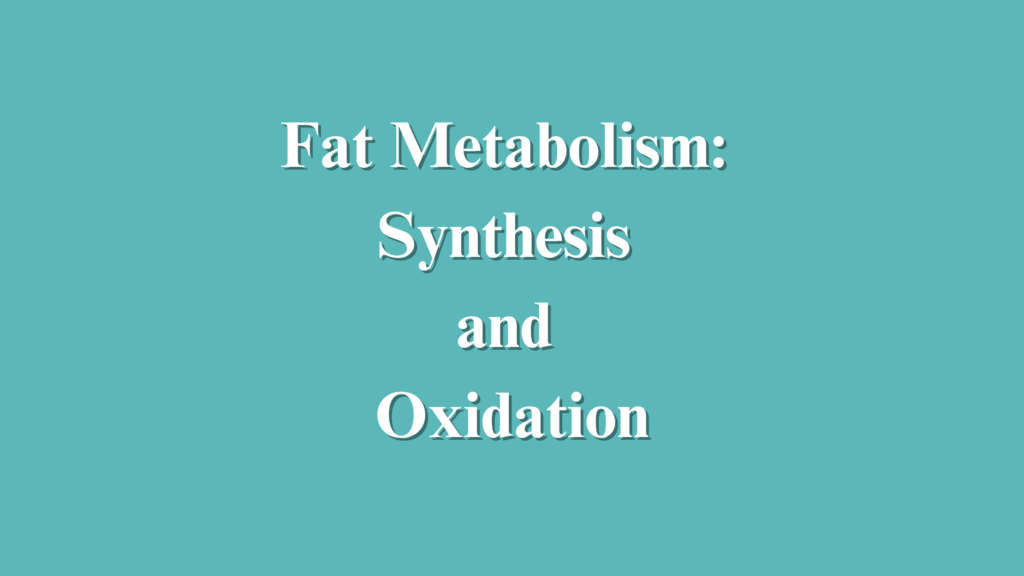Phloem transport refers to the transportation of organic and inorganic substances by phloem. As the name suggests, phloem is the main transportation element in plants. This transportation occurs as a result of the metabolic activity of the phloem cells.
Theories of Mechanism Of Phloem Transport
Different theories explain the mechanism of phloem but none are fully satisfactory. Among them, Munch’s hypothesis is the most convincing.
Munch’s Mass Flow Hypothesis or Pressure Flow Hypothesis
According to this hypothesis (1930), the translocation of organic solutes takes place “en masse”, or as a mass flow, through the phloem along a gradient of turgor pressure from the region of higher concentration of soluble solutes to the region of lower concentration. In other words, the translocation of solutes is a mass flow of soluble solutes from the supply end to the consumption end along a pressure gradient caused by turgidity.
The principle involved in this hypothesis can be explained by a simple physiological system as shown in the figure. Two membranes X and Y, permeable only to water are dipping in water. They are connected through a tube to form a closed system. Membrane X contains a higher concentration of sugar solution than membrane Y.
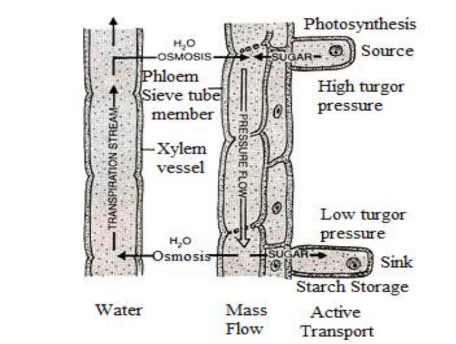
Due to the higher osmotic pressure of the concentrated solution in membrane X, water enters into it so that its turgor pressure is increased. This increase in turgor pressure results in the mass flow of sugar solution to membrane Y through the ‘T’, until the concentration of sugar solution in both membranes becomes equal.
If it is possible to maintain a continuous supply of sugar in membrane X and its utilization or conversion into insoluble form in membrane Y, the flow of sugar solution from X to Y will continue indefinitely.
According to Munch’s hypothesis, higher plants also utilise a similar analogous system to translocate organic solutes. As a result of photosynthesis, the mesophyll cells in the leaves contain a higher concentration of organic food material in soluble form and correspond to membrane X or the supply end.
The cells of the stem and root where food material is utilized or converted into insoluble form corresponds to membrane Y or the consumption end. While the sieve tubes in the phloem which are placed end to end correspond to the ‘T’ tube.
Mesophyll cells draw water from the leaf xylem due to high osmotic pressure and sap pressure of their sap so that the turgor pressure increases. Turgor pressure in cells of stems and roots is comparatively low, hence the soluble organic solutes begin to flow en masse from mesophyll downwards through phloem to the cells of stems and roots. This is under the gradient of turgor pressure. The excess water is released to the xylem through the cambium.
Demerits of Munch’s Hypothesis
- This accounts for the translocation of solutes only in one direction at a time although there may be simultaneous upward and downward translocation of solutes.
- There is considerable doubt regarding the magnitude of turgor pressure at the supply end which may not be sufficient to overcome the resistance offered by the sieve plate in the translocation of solutes through sieve tubes.
- Turgor pressure may not always be higher at the supply end.
- This is based on a purely physiological assumption and does not take into account the fact that the whole translocation process is dependent upon the plant’s metabolism and metabolic energy.
Protoplasmic Streaming Theory
According to the protoplasmic streaming theory, first proposed by Devris in 1885 and later supported by Curtis in 1936, protoplasmic streaming occurs in sieve tube elements of phloem and solute molecules caught up in the circulating cytoplasm are carried from one end to the other end of sieve tube, from where they diffuse to the next sieve tube elements as cytoplasmic strand through sieve pores in sieve plate.
In simple terms, it is the active circulation of the protoplasmic contents of cells. These movements are more prevalent in plant cells and are seen in particular patterns. Now, protoplasmic movements are considered a fundamental characteristic of metabolically active cells.
This theory is supported because
- It accounts for the simultaneous movement of solutes in both upward and downward directions in the same sieve tube.
- Factors like low temperature and oxygen deficiency which retard the protoplasmic streaming also check the translocation of solutes.
Objections and Modifications
However, the strongest objection against this theory is that the protoplasmic streaming is very slow and has not been observed in mature sieve tube elements.
Thaine in 1964 suggested modifications to the cytoplasmic streaming theory. He observed the presence of transcellular strands in sieve tubes which contain particles. These strands move up and down in adjacent transcellular strands in the same sieve tube element.
He further proposed that transcellular strands are proteinaceous and characteristic microtubules to afford rhythmic contraction. Aikman and Anderson (1971) supporting Thane said that peristaltic contraction runs as a series of waves occurs along transcellular strands during the longitudinal flow of solutes.
This transcellular streaming is an attractive mechanism as it could explain the phenomenon of bidirectional translocation. Different strands within a sieve tube would be able to move sugar in opposite directions at the same time.
Other Theories of Mechanism of Phloem Transport
There are other theories of phloem transport but due to the lack of evidence, these theories could not be elaborated further. Some of them are.
- Diffusion hypothesis: As per this hypothesis, proposed by many physiologists, the translocation of solutes happens from a higher concentration to a lower concentration through simple diffusion. However, the slow process of diffusion does not go well with the faster transportation rate of the organic solutes.
- Interfacial flow hypothesis: According to this hypothesis proposed by Van den Honert (1932), solute molecules can be absorbed and dispersed at the interface, due to reduction of surface tension.
- Activated diffusion hypothesis: As per Mason and Phillis (1936), the streaming protoplasm of sieve tubes activates the diffusion of solute molecules.
- Electro-osmotic theory: According to Fenson Spanner (1958) the flow of liquid through pores can be at a faster rate due to the influence of the electro-osmotic gradient rather than the osmotic gradient.
Conclusion
While there is still no clarity on the exact mechanism behind this phenomenon, it is considered to be the self-organization of the microfilaments and is more or less a natural phenomenon.
References
- Seifriz, W. (1937). A Theory of Protoplasmic Streaming. Science. https://doi.org/397
- Woodhouse, F. G., & Goldstein, R. E. (2013). Cytoplasmic streaming in plant cells emerges naturally by microfilament self-organization. Proceedings of the National Academy of Sciences, 110(35), 14132-14137. https://doi.org/10.1073/pnas.1302736110
- Phloem Transport
- B.Sc. III YEAR Plant Physiology and Biochemistry, Uttarakhand Open University.
